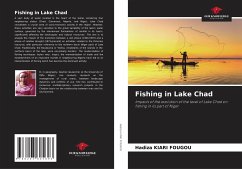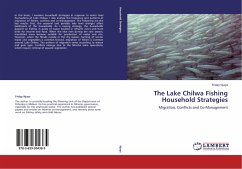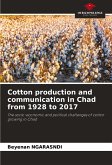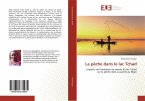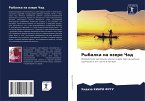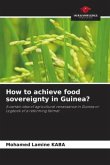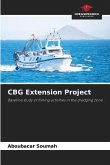A vast body of water located in the heart of the Sahel, bordering four neighboring states (Chad, Cameroon, Nigeria, and Niger), Lake Chad constitutes a crucial area of socio-economic activity in the region. However, these activities are very sensitive to the great variability of the lake's water surface, governed by the interannual fluctuations of rainfall in its basin, significantly affecting the landscapes and natural resources. The aim is to analyze the impact of the transition between a wet phase (1950-1970) and a phase of relative drought (1973-present) on activities related to the fisheries resource, with particular reference to the northern basin (Niger part) of Lake Chad. Traditionally, the Boudouma or Yedina, inhabitants of the islands in the northern basin of the lake, were essentially herders. The modernization of fishing techniques (nylon nets, traps), the monetarization of trade and the establishment of an important market in neighbouring Nigeria have led to an intensification of fishing which has become the dominant activity.
Bitte wählen Sie Ihr Anliegen aus.
Rechnungen
Retourenschein anfordern
Bestellstatus
Storno

